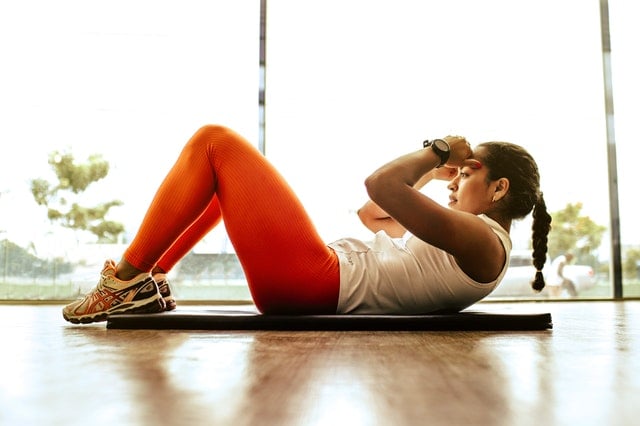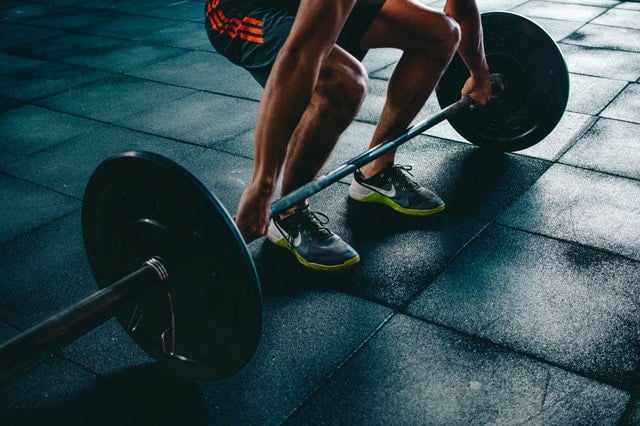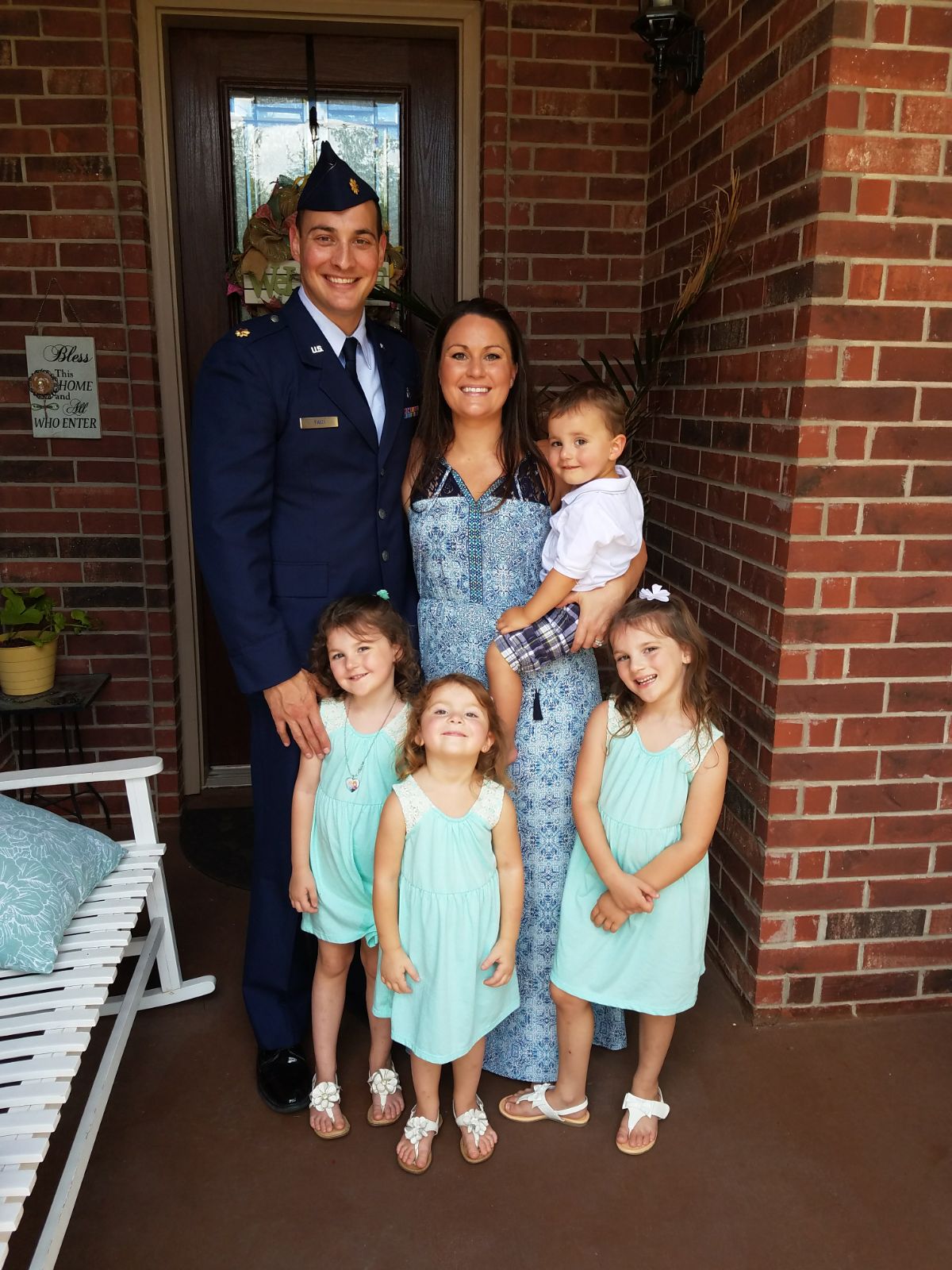At some point in their physical fitness journey, many teenagers graduate from running laps around the gym to lifting weights. Some are hoping to train certain muscles for sports, some want to get stronger and some are simply trying a new hobby. But how can parents make sure their kids are both safe and successful in the weight room? We spoke to Atrium Health Levine Children’s Charlotte Pediatric Clinic - SouthPark physician Dr. Adam Faizi to find out everything parents need to know.
Strength training: good for everyone
“There is a general consensus that strength training is a very helpful and necessary part of youth-related physical activity and physical fitness,” Dr. Faizi says. And weight lifting isn’t just for “macho men” — or even just men at all. “A common belief is that lifting weights is only for extremely athletic, ‘muscularly inclined’ individuals. For guys, there certainly can be a machismo attitude and belief that the more time we spend lifting, the bigger our muscles get, the more ‘manly’ we are. For girls, there can be a tendency to avoid weight training for this very reason: it’s a ‘guy thing,’” Dr. Faizi says. ”The truth is that lifting weights can help prevent injuries and fractures, strengthen muscles and bones, stabilize joints, and reduce the risk for cardiovascular disease.” He said strength training can even be beneficial for your teen’s mental health, improving psychosocial interactions and improving depression.

When can my teen start?
The American College of Sports Medicine says “there is no minimum age requirement for participation in strength training, but each participant should have the maturity to accept and follow directions (usually around seven or eight years). If a child is capable of participating in an organized youth sport, he or she is capable of participating in some form of a program designed to condition the body to meet the physical demands imposed by the sport.”
The Centers for Disease Control and Prevention recommends children and adolescents incorporate muscle-strengthening into their 60 minutes per day of physical activity at least three days a week. For children and teens who are beginning to lift (or whose parents are not comfortable with them lifting), the primary goal should be good aerobic exercise daily complemented by some form of strengthening, Dr. Faizi says. This can include body-weight exercises like push-ups, sit-ups, pull-ups, squats, and lunges.
A combination of these exercises is enough for most people to achieve their goals, but adding weight training means adding a new variety of exercises that can keep teens interested and motivated. “For some, doing the same 5-10 exercises for strengthening can be boring,” Dr. Faizi said.

Start low, go slow
When your kids are ready to start lifting weights, help them remember the simple rhyme “start low and go slow.”
Dr. Faizi recommends picking a weight training exercise and having the teen do it first without weights to practice proper form. For example, have him or her lay supine on a bench and do the motion of bench pressing without any weights. Once he or she has mastered the technique, try adding a low, age-appropriate amount of weight.
“An 8-year-old may not do any weights or perhaps 2.5 pounds; a 16-year-old may do the bar for a set, and then add 25 pounds to each side,” Dr. Faizi said. “As long as there is competent guidance and supervision, proceed as one is comfortable. As strength and tone improve, and joint stability increases, it will be clear when an individual is ready for more weight.”
For new weight-lifters, Dr. Faizi suggests thinking in terms of major muscle groups. Here are his suggestions for each:
• Chest: bench press or dumbbell press
• Shoulders: butterfly machine with low weight
• Back: row machine
• Arms: tricep pushdowns and bicep curls
• Legs: Running, leg extension, hamstring curl machine, or doing squats (with good form!) while holding dumbbells
• Core: sit-ups or crunches are easy to fit in on running days or in between sets of other exercises like the bench press

Know the risks and how to avoid them
If a young person who is in the early stages of puberty tries to lift heavy weights to “get buff” before they are ready, they put themselves (and others) at risk for injury, Dr. Faizi says.
One of the best ways to avoid injury is to make sure your teen is using proper form. An experienced trainer can be a valuable ally for teens in the weight room since they are learning the form/technique they will likely use for years to come.
“Risks to weightlifting for the wrong reasons or if using the improper technique are serious,” he said. “It would be extremely easy to injure one’s back, muscles, and joints with poor form.”
He doesn’t recommend doing shoulder presses, leg presses, deadlifts or bar squats without a knowledgeable trainer or partner. Dr. Faizi’s main advice for teens is to be kind to themselves and not get discouraged. “I can certainly relate more to the teens who cannot lift large weights and feel insecure about it. My advice is, everyone’s abilities are different, and everyone’s bodies develop at different times. For some, their bodies do not fully develop for great strengthening until their 20s,” he said. “Don’t get discouraged, keep at it. We all deserve an opportunity to treat our bodies kindly by exercising and gaining strength.”

Image courtesy of Dr. Faizi
Dr. Adam Faizi is a Charlotte native and a father of six young children. He did his undergraduate studies at Franciscan University of Steubenville, Ohio, joined the Air Force as he graduated and completed medical school at The Lake Erie College of Osteopathic Medicine in Bradenton, Fla. He trained at Wright-Patterson Air Force Base and Dayton Children’s Hospital in Ohio and spent four years serving at Randolph Air Force Base in San Antonio before returning home to Charlotte. He enjoys most sports, including weight lifting.
Connect with Atrium Health Levine Children's
*All Images via Pexels


